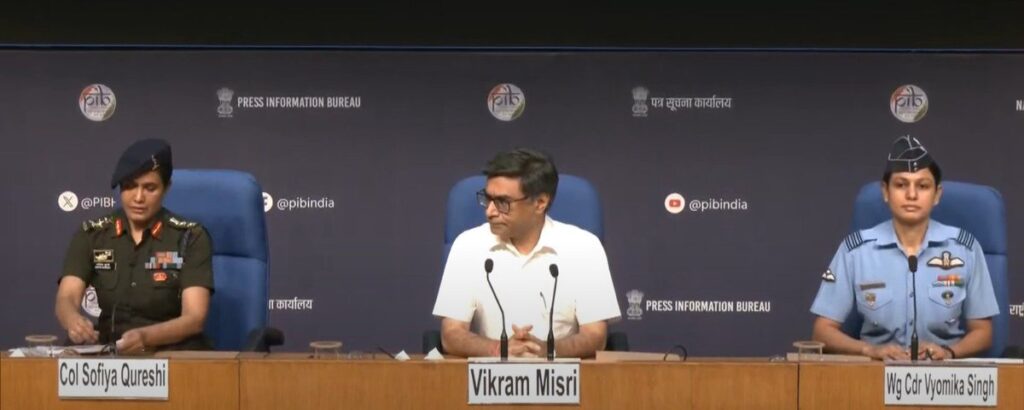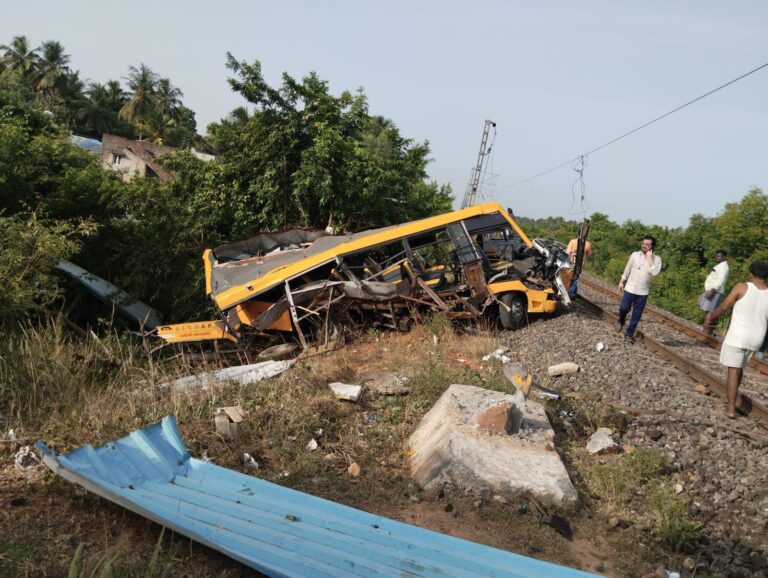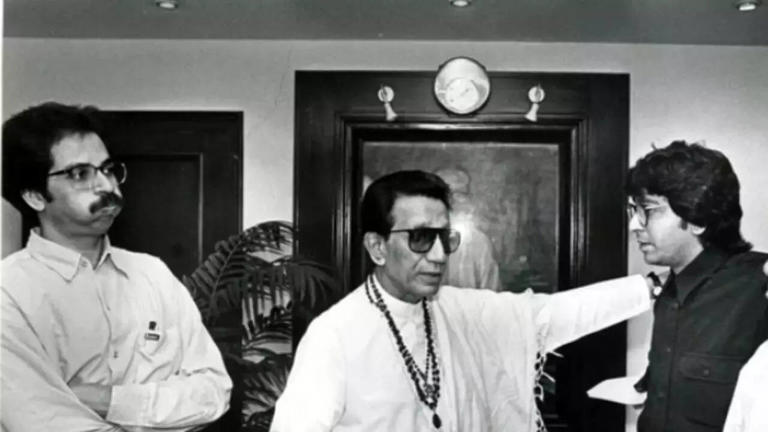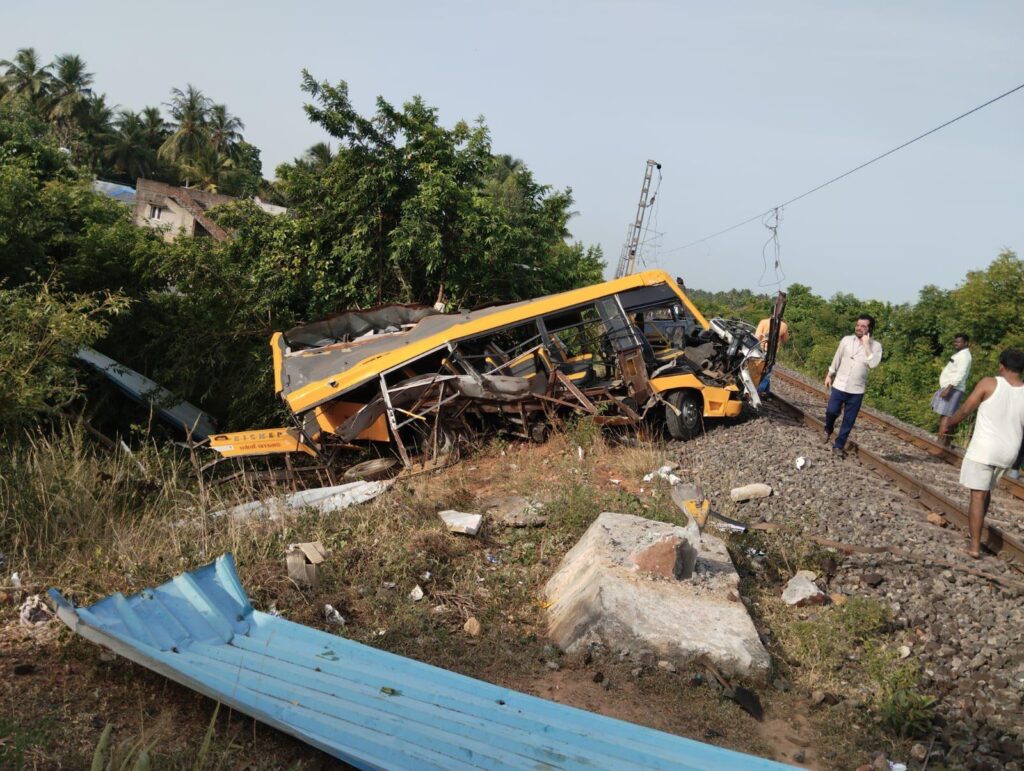India’s Measured Response to Pahalgam Attack Targets Terror Networks
On May 7, 2025, Operation Sindoor, a tri-services military strike by the Indian Armed Forces, targeted nine terrorist camps in Pakistan and Pakistan-occupied Kashmir (PoK), retaliating for the Pahalgam terror attack that killed 26 civilians on April 22, 2025. Official briefings detailed the operation’s precision, restraint, and strategic intent, while highlighting heightened India-Pakistan tensions.
Operation Sindoor commenced at 1:44 AM on May 7, 2025, with the Indian Army, Navy, and Air Force deploying kamikaze drones and precision strike weapons to destroy nine terror camps linked to Jaish-e-Mohammed (JeM), Lashkar-e-Taiba (LeT), and Hizbul Mujahideen (HM). Key targets included JeM’s headquarters in Bahawalpur and LeT’s base in Muridke, both tied to historical attacks like 26/11 Mumbai. Colonel Sophia Qureshi from the Indian Army Corps of Signals emphasized that no Pakistani military installations or civilian areas were hit, ensuring zero collateral damage.
#WATCH | Delhi | #OperationSindoor| Col. Sofiya Qureshi, while addressing the media, presents videos showing multiple hits on the Mundrike and other terrorist camps in Pakistan and PoJK. pic.twitter.com/Ih21EklEe5
— ANI (@ANI) May 7, 2025
The Ministry of Defence described the operation as a focused, non-escalatory response to dismantle terror infrastructure.
Official Briefings and Credible Evidence
Foreign Secretary Vikram Misri briefed the media, stating that Operation Sindoor was launched with credible evidence linking Pakistan-based terrorists to the Pahalgam attack. He highlighted the destruction of camps, including one where Ajmal Kasab and David Headley trained, and condemned Pakistan’s denial of terrorist activities. Wing Commander Vyomika Singh underscored the operation’s goal of delivering justice, describing Pakistan’s terror network as a hub for recruitment, indoctrination, and attack planning.
🇮🇳 Operation Sindoor 🇮🇳
— Megh Updates 🚨™ (@MeghUpdates) May 7, 2025
Wing Commander Vyomika Singh — "Indian Armed forces are prepared to RESPOND to Pakistani misadventure , if any, which will ESCALATE the situation."
— A Clear warning to Pakistan. pic.twitter.com/ynKfgW44me
National Security Advisor Ajit Doval briefed US officials, reinforcing India’s evidence-based approach and commitment to avoiding broader conflict.
How India’s Precision Strike and Symbolic Codename Fueled a National Response
Modi’s oversight and the tri-services collaboration underscored the operation’s significance, with an estimated 80-90 terrorists neutralized, dealing a severe blow to groups like JeM and LeT. The Indian Armed Forces executed the strikes with advanced technology, avoiding escalation despite Pakistan’s claims of civilian casualties.
The Indian Army retaliated proportionately, damaging Pakistan Army posts. The escalation has fueled fears of an India-Pakistan war in 2025, with Pakistan closing its airspace and educational institutions in Islamabad. Official briefings emphasized India’s restraint, countering Pakistan’s narrative of aggression. The United Nations urged de-escalation, as global attention focuses on this nuclear-armed rivalry.
In conclusion, Operation Sindoor demonstrates India’s strategic capability to combat terrorism while navigating India-Pakistan news complexities. Official statements highlight precision and justice, but LoC tensions signal ongoing challenges. The operation’s success in targeting terror camps strengthens India’s stance, yet diplomatic efforts are crucial to prevent further conflict.





















